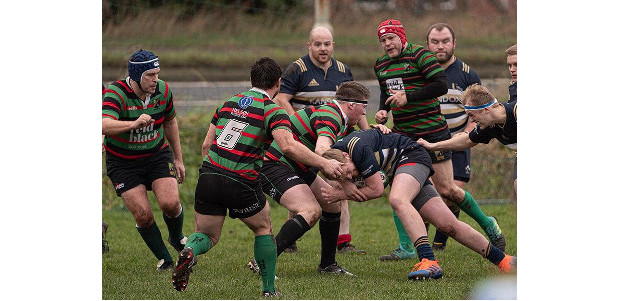Research from Gillette shows the evolution of rugby kit and technology has brought significant benefits to athlete performance
New research from Gillette and Liverpool John Moores University (LJMU) has revealed the dramatic impact that the technological evolution of kit and equipment has had on modern rugby performance.
[youtube f5cp3-VFiA4]
Ahead of the Gillette Four Nations, tests into biomechanics and physiology were conducted at LJMU with St Helens and England international Jon Wilkin. They showed the performance benefits of modern kit were equivalent to two more successful kicks per game and adding an additional 10 minutes of high intensity workload to a rugby player’s game.
The tests compared kicking performance using the latest boots, ball and kicking tee versus 15 year old boots, ball and kicking off sand. The difference between these factors resulted in a 59% improvement in accuracy, a greater range of 22m and 23% greater velocity.
Dr Graeme Close, Senior Lecturer in Sports Science at Liverpool John Moores University, commented on the findings;

“Modern players can now attempt kicks from greater distances, at least 50m and sometimes even from their own half. This was almost unthinkable 15 years ago, where 40m was about the limit and the very best kickers were only averaging around 60% success. Teams can no longer afford to give a penalty away anywhere in their own half.
It is clear that this is predominantly due to improvements in technology and equipment rather than better technique or more training. On the basis of these findings and Super League data, we are looking at an improvement of two more successful kicks per game, equivalent to four points per match, which is clearly a huge difference over the course of a season.”
Physiology tests conducted in an environmental chamber comparing the official England kit from the upcoming Gillette Four Nations and the kit from the 1995 Rugby World Cup also revealed the significant impact on performance of modern kit technology. Over the course of a 10-minute run, when wearing the 1995 kit, the rugby player had a higher temperature, sweated by a rate of 0.3litres/hour more (over half a pint of water) and had an increased heart rate of between 2-8bpm higher.
As Dr Close explains; “Modern kits have improved athlete performance in every way. When they are hot, an athlete will work much harder and burn carbohydrates at a higher rate. If you extrapolate these findings to a game situation, the importance is clear. 15 years ago, players wearing old kits may have depleted their carbohydrate stores by around the 50-60 minute mark.
The new kits have the potential to preserve muscle carbohydrate stores and therefore could add an additional 10 minutes of high intensity workload to a rugby player’s game, which is typically very intense with lots of short, quick sprints. This extra 10 minutes ensures today’s players can maintain performance through to the end of the match and avoid fatigue.”
Jared Regan, Brand Manager at Gillette said, “Gillette has a long standing relationship with the RFL and ahead of the Gillette Four Nations, we wanted to demonstrate that in order to be the best, the England rugby players must use the best kit and equipment on the pitch. The evolution of technology in the last decade has meant that even small improvements in equipment have resulted in big differences in performance.”






